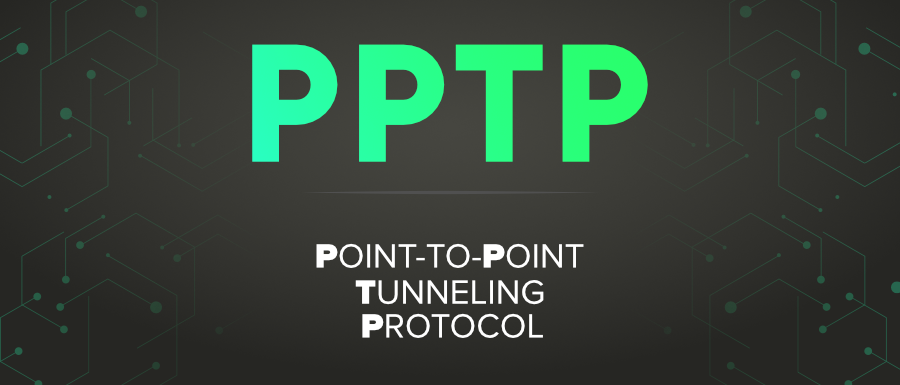PPTP (Point-to-Point Tunneling Protocol)

Point-to-Point Tunneling Protocol (PPTP) is a networking protocol used to create Virtual Private Networks (VPNs) over the internet or other public networks. It enables secure and private communication between remote users and a private network by creating a tunnel through which data can be transmitted.
Here's how PPTP works:
Tunnel Establishment: PPTP establishes a tunnel between the client device (often referred to as the PPTP client) and the VPN server (PPTP server). This tunnel allows data to be securely transmitted between the client and the server over the public network.
Encapsulation: PPTP encapsulates data packets from higher-layer protocols, such as the Point-to-Point Protocol (PPP), within IP packets. This encapsulation process allows PPP frames to be transmitted over IP networks.
Authentication and Encryption: PPTP supports authentication and encryption to ensure the security of data transmitted over the VPN tunnel. Authentication can be achieved using a variety of methods, including PAP (Password Authentication Protocol), CHAP (Challenge Handshake Authentication Protocol), or EAP (Extensible Authentication Protocol). Encryption is achieved through the use of Microsoft Point-to-Point Encryption (MPPE), which encrypts the data payload of the PPP frames.
Data Transmission: Once the tunnel is established and security parameters are negotiated, data packets are transmitted between the client and server through the PPTP tunnel. These packets are encapsulated within IP packets and encrypted if encryption is enabled.
Termination: At the VPN server, the encapsulated and encrypted data packets are decrypted, and the original PPP frames are extracted. The server then forwards the decrypted data to the appropriate destination within the private network.
PPTP is supported by various operating systems and network devices, making it a widely used protocol for VPN deployments. It offers relatively simple configuration and setup, making it accessible to users with limited networking expertise. However, it's important to note that PPTP has known security vulnerabilities and may not provide adequate protection for sensitive data transmission. As such, it's often recommended to use more secure VPN protocols such as IPSec or OpenVPN in place of PPTP where possible.
Thank you,